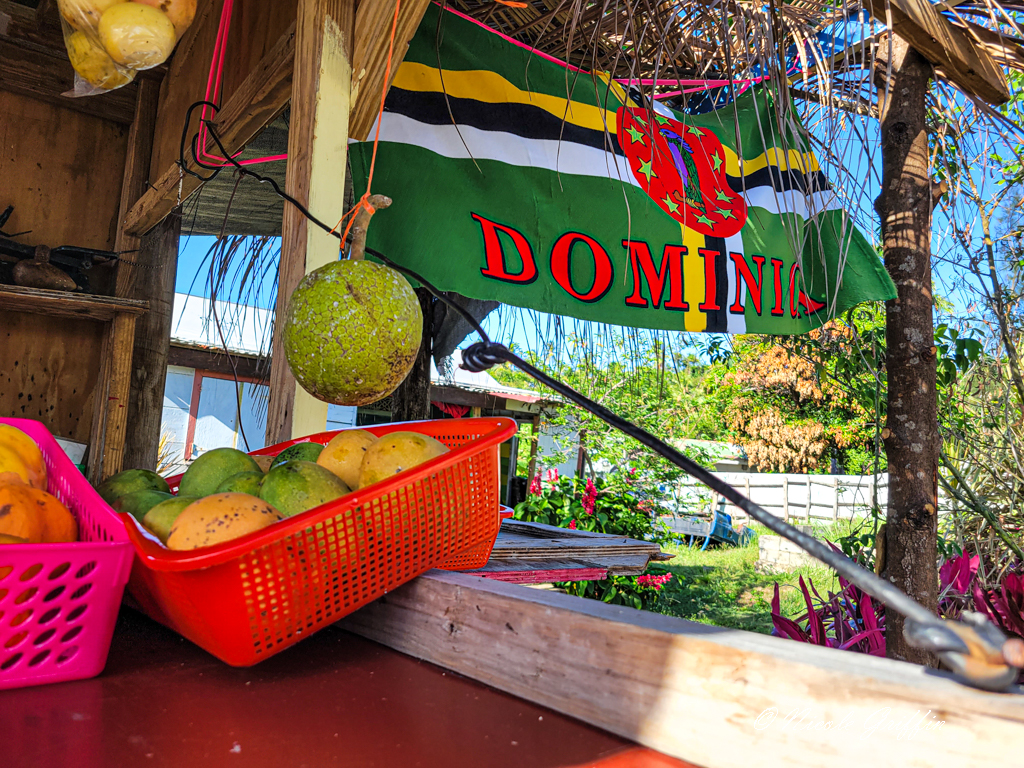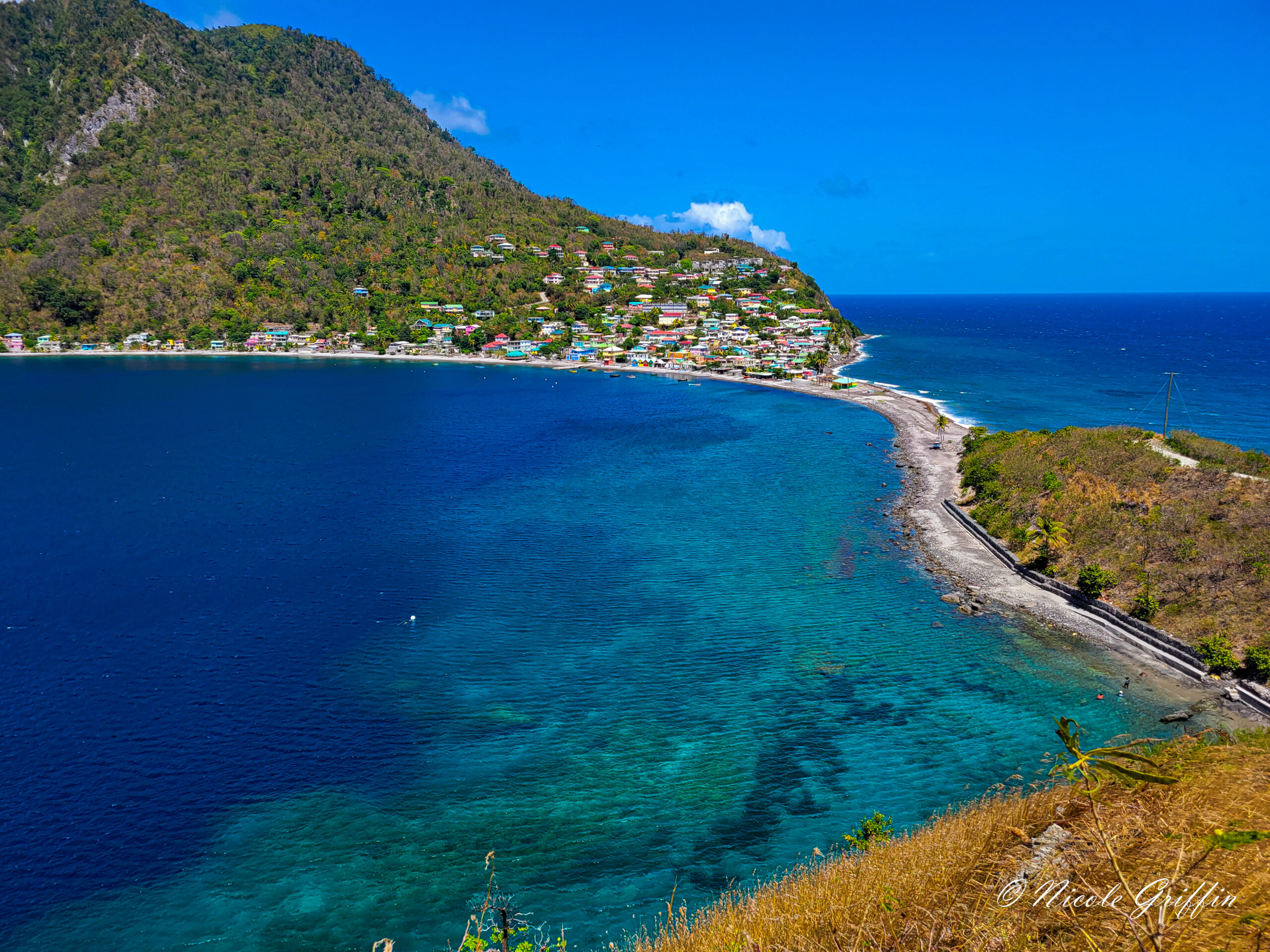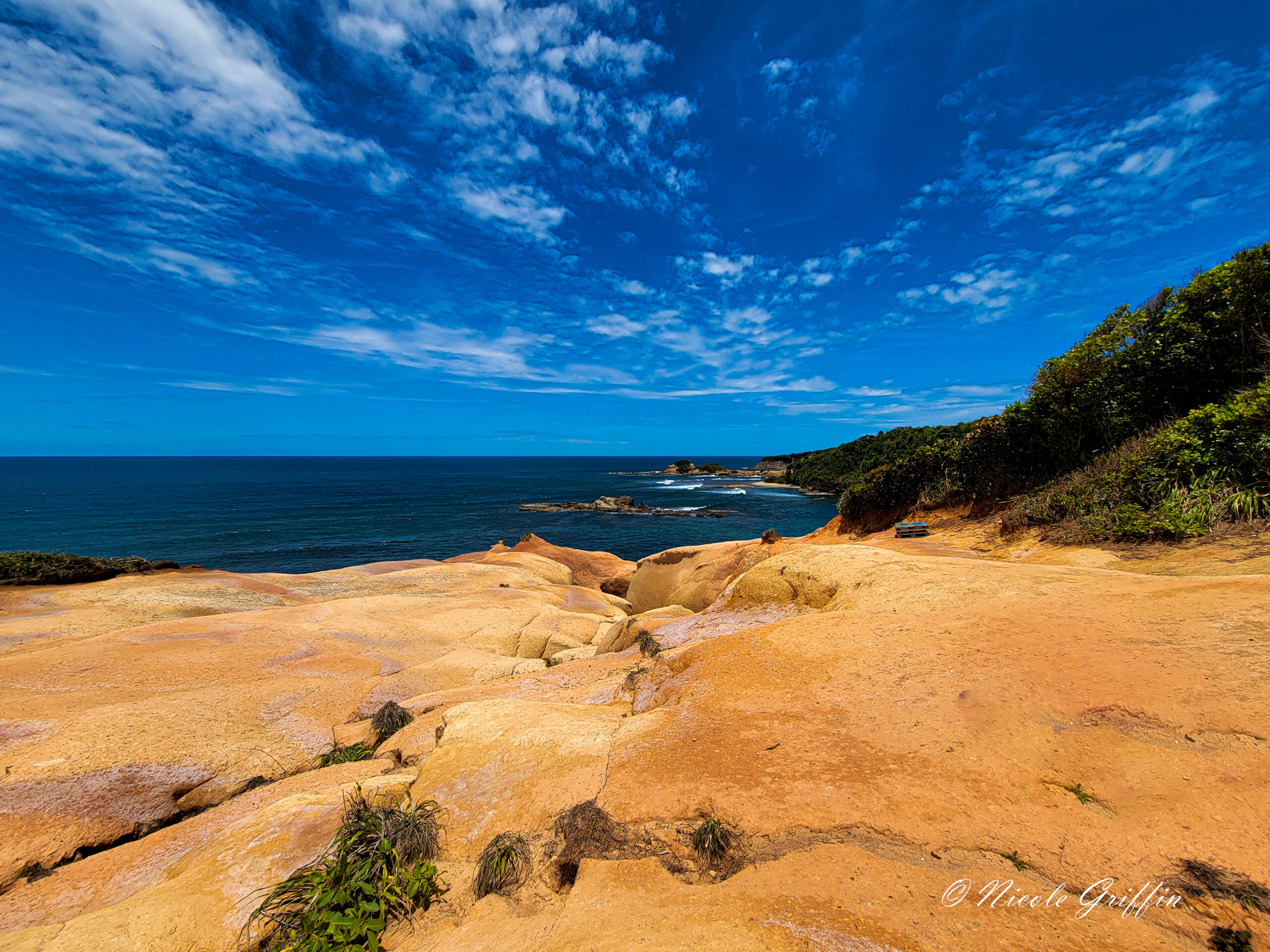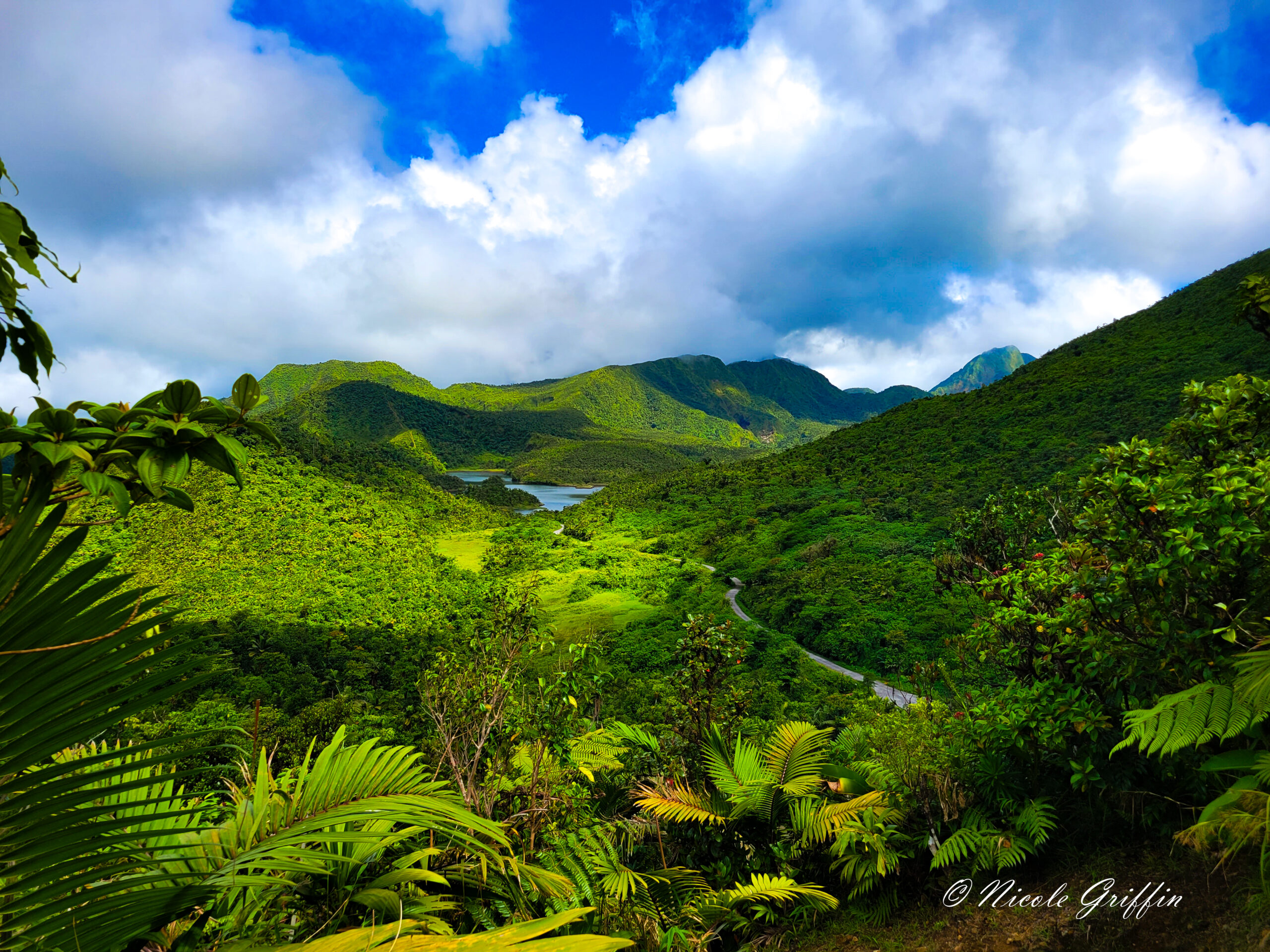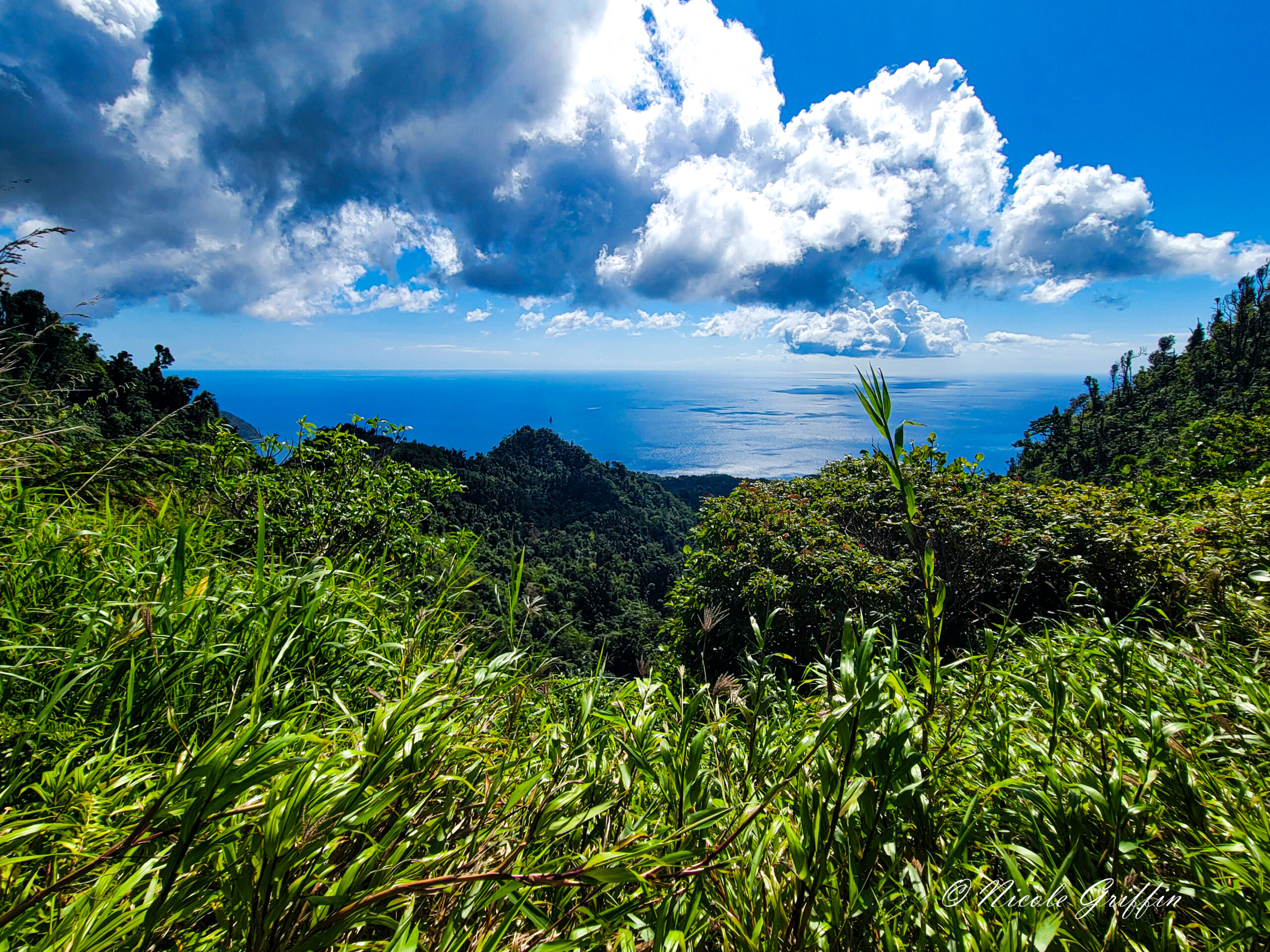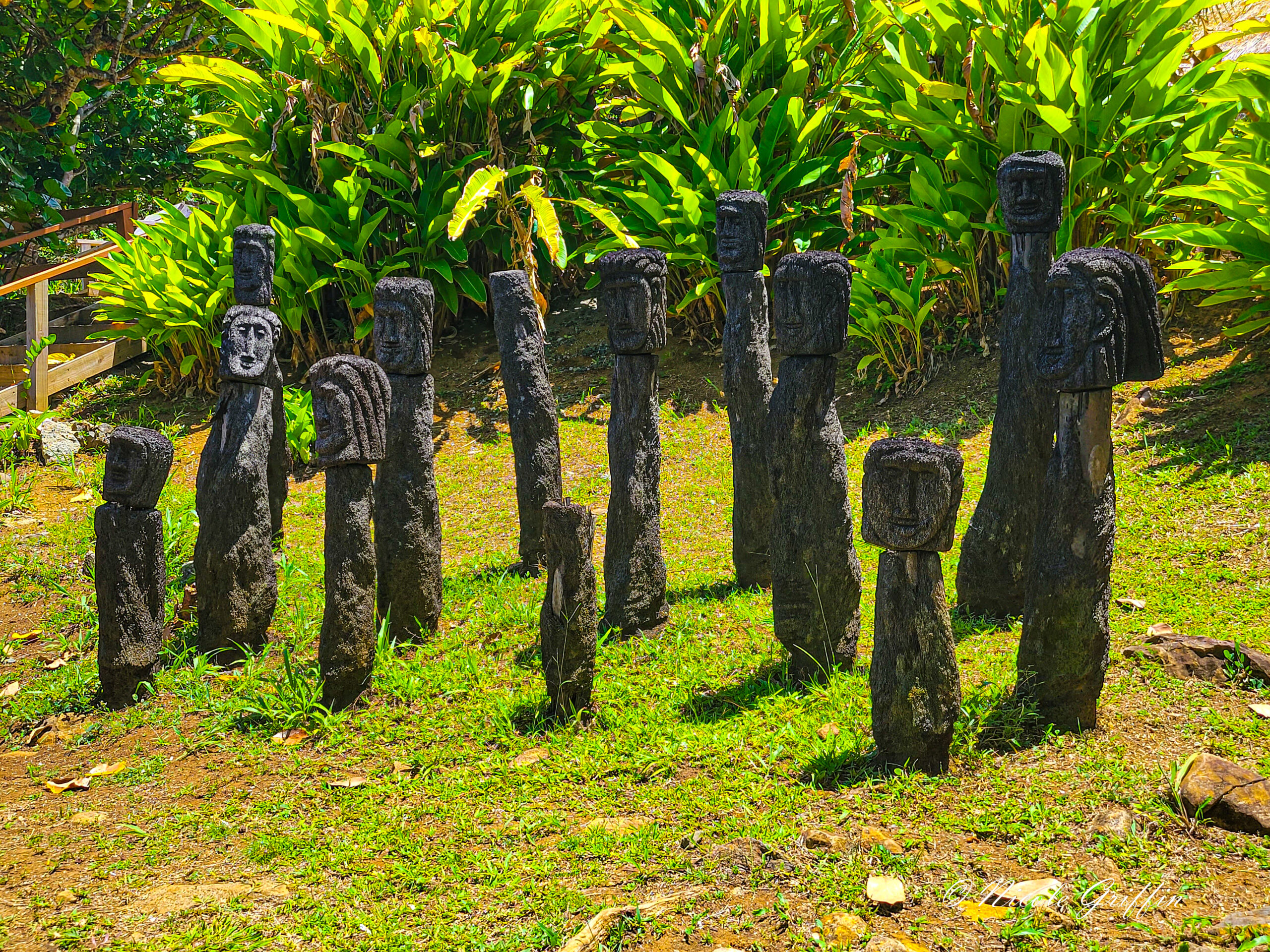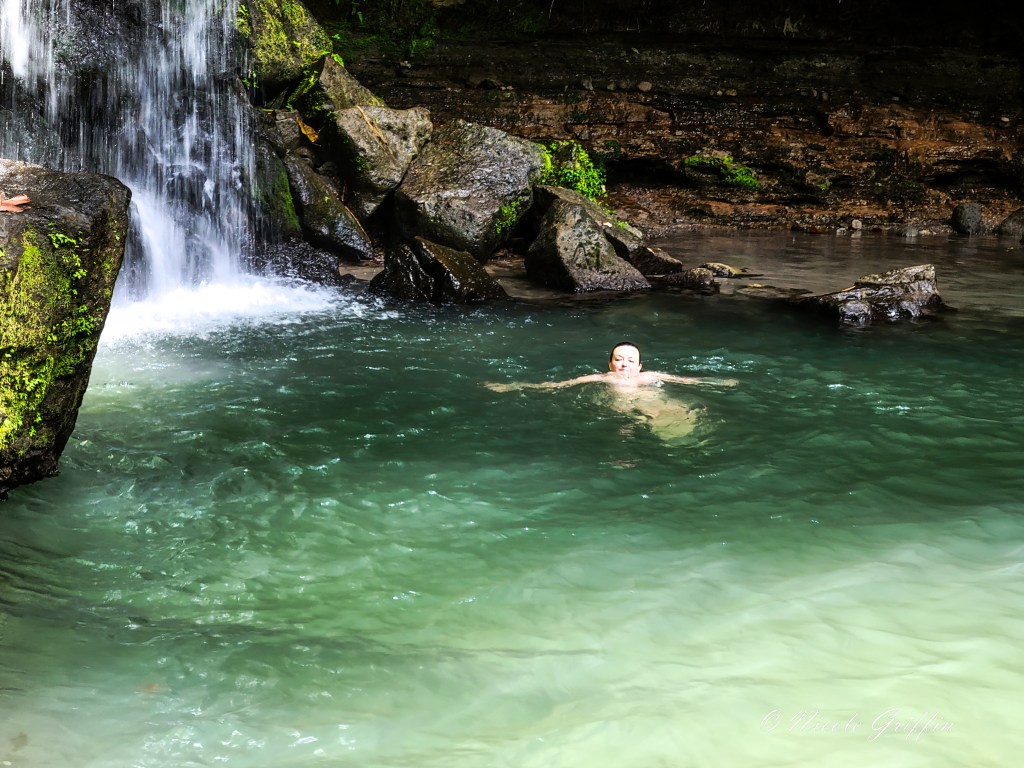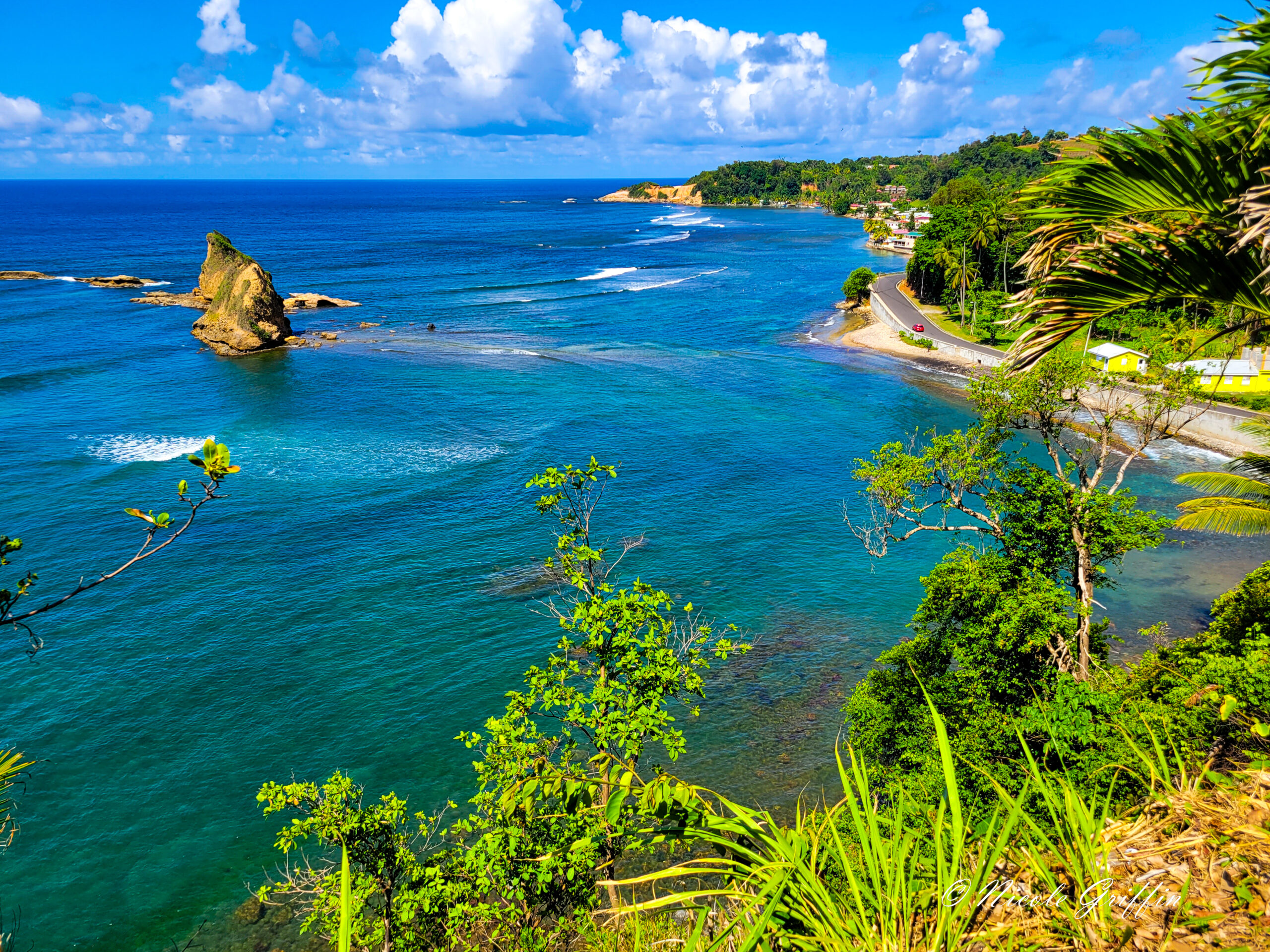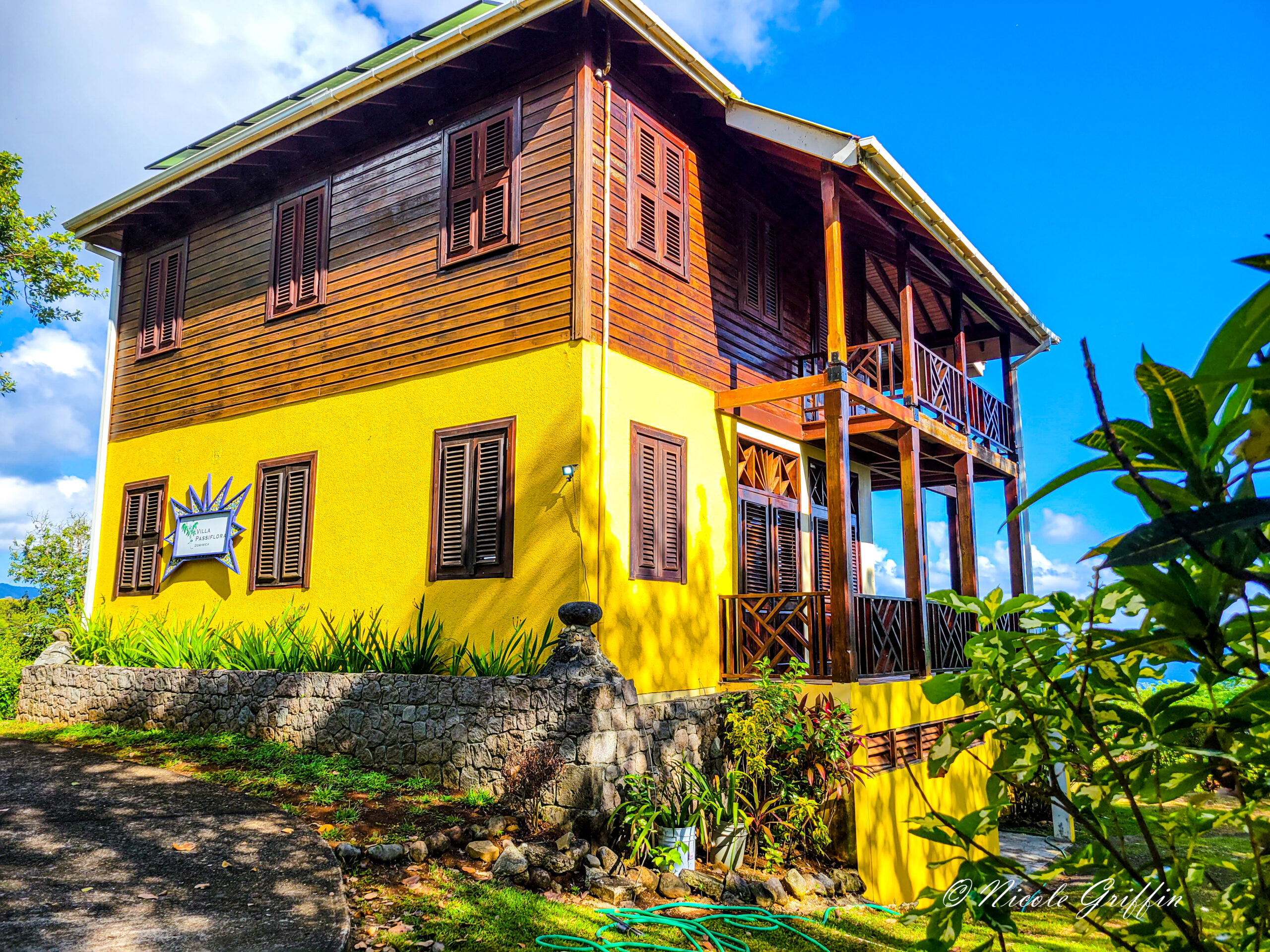You definitely should plan a trip to Dominica if…
You are the type of person who enjoys slightly more off-the-beaten track travel and don’t mind being deprived of some of the comforts of home. If that’s you, and you enjoy hiking, snorkeling, or diving, there are tons of options. We only hit a couple of hiking trails, and many would have been beyond my capabilities, but if you are hardier than me, you can really go nuts here.
It’s also a great spot for whale watching, which we did not get a chance to do. It seemed like most of the boats went out on Saturdays, so include a Saturday in your itinerary if you want to do this.
If you are looking for a vacation where you can combine fun adventures with pure peace, relaxation, and beauty, this is an island well worth a visit.
On the other hand, being in a country that doesn’t cater to tourists has its downsides. You probably should not plan a trip to Dominica if…
You’re the type of person who likes to be waited on hand and foot while on vacation, who likes to have all the amenities, or even who wants to spend much of a Caribbean vacation on the beach. It’s not an island known for its beaches, and it is not a highly developed island, so some things are just difficult or inconvenient.
If you want to take it easy on vacation and not have to problem-solve, this is probably not the island for you.
If you’re going to give it a try, here are some practical things to be aware of before you go:
driving
In previous posts, I promised more on the driving. In some ways it’s easy. If you are comfortable or willing to get comfortable with left-side driving, there’s one major road that circumnavigates the island, and one that cuts across. Just know where you are relative to the sea, and it’s pretty hard to get lost.
But most roads aren’t well-maintained. The Roseau-Portsmouth road was a notable exception. There aren’t many sidewalks or parking spaces, so you you’re always dodging the hazards of people, cars parked on either side of narrow streets, and the gullies.
Gullies were our term for massive gutters that line the streets in certain areas. They are initially terrifying because they are obviously wide and deep enough to engulf your tire and ruin your day. Navigating them while also getting used to the dimensions of a new rental car and left-side driving is a bit of a nail-biting experience.
Then of course there’s the mountainous, curvy roads are probably steeper grades in some places than would be allowed in US road construction. If you’re comfortable on mountain roads already, this part is the least of your problems. But if you’re not, or if you’re a nervous driver generally, you’re probably going to have a rough time. I am comfortable on mountain roads and not a nervous driver, and it took me about two days as the primary driver to adjust. (Although I was also adjusting to driving on the left.)

weekends and holidays
Much but not all of the country shuts down on Sundays, so plan accordingly. We correctly anticipated that many things would also be closed for International Labor Day (1 May) on Monday. We had not anticipated bonus Labor Day on Tuesday. We had planned around a 2-day gap of everything being closed, but the third day threw us off. We basically lost a day of sightseeing, and I was legitimately worried that we would be forced to live off Kind bars and trail mix the whole day before we finally found lunch.
finding food
Speaking of which, unless you’re staying in Roseau, bring some snacks with you. I wasn’t kidding about the Kind bars and trail mix. I always bring snacks like this when I travel, and I almost never need them, but in Dominica I really did. For the most part, we ate one real meal a day and subsisted on snacks brought with us from the US, local mangoes and other fruit (a highlight!), and what little food we could scrounge from the “grocery stores”, most of which were not really worthy of the name.
Imagine trying to live off what you can buy at a 7/11 for a week (just the dry goods part, not the revolting hot dogs and pizza). You could get rice, beans, frozen meat, shelf-stable veggies like onions and potatoes, eggs, and bread, but for the most part the shelves were stocked with canned foods. We did have a local fruit and veggie stand, which was handy when there was someone there.

If we had been smart, we would have asked the caretaker or the housekeeper how to get fresh fish at the beginning of the trip (we learned too late that there was apparently a fish truck that comes around Calibishie blowing a conch shell), and then we might have been able to cook more at the house.
I will say we stopped at a grocery store in Roseau, and that one was stocked with pretty much everything you would expect in a western-style grocery store. But Roseau was more than an hour away, and it appeared to be the exception country-wide (even in Portsmouth).
money
Credit cards were accepted some places, but it was mostly a cash economy. The country uses the East Caribbean Dollar (XCD), but also accepts USD pretty widely. As a rule, I hate being that American who insists on paying in USD. Although I came armed with 500 USD in cash as a backup, my plan was to take out XCD from an ATM and mostly rely upon that.
However, the functioning of the ATMs (or perhaps their connectivity to US banks) was spotty, and at times our supply of XCD dwindled perilously low while we waited for the ATM gods to smile upon us. Most people were willing to take USD, but Bank of America gave me my $500 in Benjamins, so breaking them was a challenge.
At the Red Rocks Bar, when XCD were running very low, I asked the bartender if we could buy 2 beers with a 100-dollar-bill and get our change in XCD. He initially told me yes, of course, but didn’t actually have enough XCD in the till. Lesson here is bring your ATM card, but also plenty of small denomination US bills.
safety
Those were all the inconveniences. One thing we never worried about though was safety. We were two women in our late 30s-early 40s, and literally never had any physical concerns for our safety or even a real fear of being robbed.
(Don’t get me wrong, we locked the house and the car, but that’s just what city-dwelling Americans do.)
Truly the people were lovely, friendly, and helpful everywhere we went, but in a way that felt authentic—not the phony, overly trained customer service that you find in resorts or heavily touristed areas (totally picturing a White Lotus resort right now), but genuine niceness.
In Portsmouth, a man approached us with a gallon-sized Ziploc full of weed in his coat, and even he was perfectly lovely when we politely declined to purchase his wares. “Dominica, where even the drug dealers are kind.” Free offering for the Dominica tourist board.
where to stay
I can’t recommend the Villa Passiflora more. Someone put a lot of thought into the construction of this house—sustainable hardwood decking, trim, and shutters. A layout that captures the breeze and makes air conditioning largely unnecessary. Beautiful furnishings and knickknacks all supposedly sourced from local craftsmen. The view is amazing, the water temperature in the infinity pool was perfect, and the landscaping was meticulously maintained. We had many avian visitors, both inside and outside the house.

There were just two of us, so one of the three bedrooms went un-opened. But the third one looked to be the same size as the one I stayed in, which was smaller than the master bedroom where my friend stayed. I would say you could fit up to three couples, a family of 4-5, or a friend group of 3-6 (depending on how comfortable you all are sharing beds).
Staying on the north side of the island had its plusses and minuses. On the plus side, it was an easy drive from the airport in Marigot, so when we arrived near sundown we didn’t have to drive too far in the dark. The area is known for being heavier on the ex-pats (although we didn’t seem many), and there was plenty to see and do in our immediate area. On the other hand, see notes above about the food / grocery situation.
If you want more resort comforts, there are a few around Portsmouth, including an Intercontinental. Aside from that, I would not stay in Portsmouth. If you want more convenience, like a Western-style grocery store, you could look for AirBnBs or hotels around Roseau (the Fort Young Hotel looked appropriately swanky). We didn’t make it down that way, but the southern side of the island caters more to divers. If I ever went back I might spend a few days at a dive resort down there to experience that side of the island more.
So that is it! My final post on Dominica. Stay tuned for my next series on my summer Alaskan cruise!
